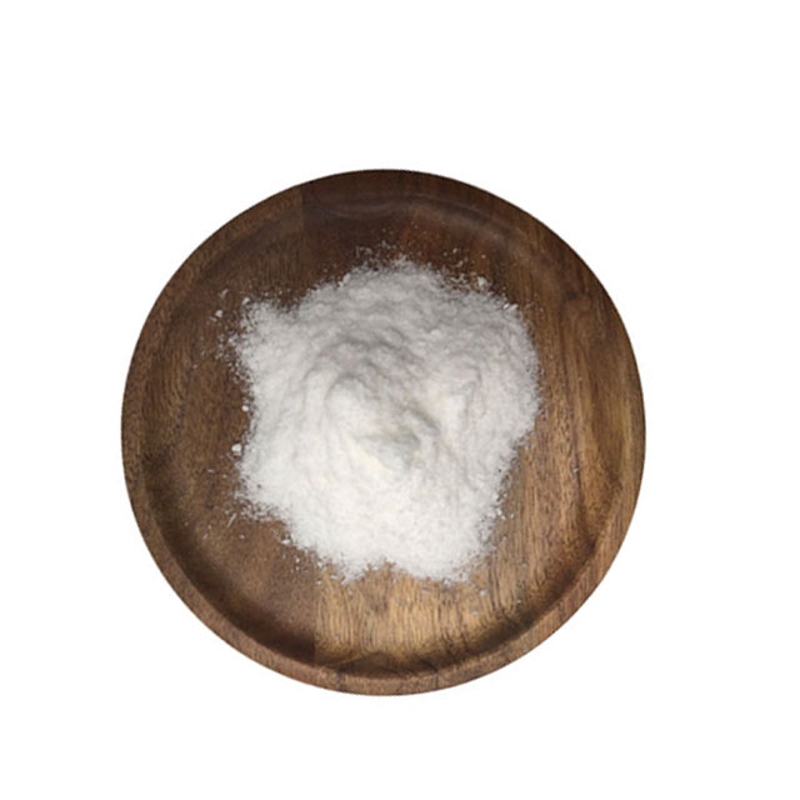-
Categories
-
Pharmaceutical Intermediates
-
Active Pharmaceutical Ingredients
-
Food Additives
- Industrial Coatings
- Agrochemicals
- Dyes and Pigments
- Surfactant
- Flavors and Fragrances
- Chemical Reagents
- Catalyst and Auxiliary
- Natural Products
- Inorganic Chemistry
-
Organic Chemistry
-
Biochemical Engineering
- Analytical Chemistry
- Cosmetic Ingredient
-
Pharmaceutical Intermediates
Promotion
ECHEMI Mall
Wholesale
Weekly Price
Exhibition
News
-
Trade Service
The Instruction of (4R,12aS)-7-(benzyloxy)-9-broMo-4-Methyl-3,4-dihydro-2H-[1,3]oxazino[3,2-d]pyrido[1,2-a]pyrazine-6,8(12H,12aH)-dione: A Comprehensive Guide to its Synthesis and Applications
In the world of organic chemistry, the synthesis of novel compounds is a constant pursuit.
One such compound that has gained increased attention in recent years is (4R,12aS)-7-(benzyloxy)-9-broMo-4-Methyl-3,4-dihydro-2H-[1,3]oxazino[3,2-d]pyrido[1,2-a]pyrazine-6,8(12H,12aH)-dione, also known as Compound X.
This molecule has demonstrated unique properties that make it an attractive candidate for various industrial applications.
In this article, we will provide a detailed instruction on the synthesis of Compound X, its characterization, and its potential applications in the chemical industry.
Preparation of the starting materials
The synthesis of Compound X involves several steps, and the preparation of the starting materials is crucial for its successful synthesis.
The following starting materials are required for the synthesis of Compound X:
- tert-Butyl 4-aminophenyl-7-iodide (1)
- tert-Butyl 4-methoxyphenyl-7-iodide (2)
- Potassium carbonate (95% purity)
The first step involves the synthesis of 1-tert-butyl-4-aminophenyl-7-iodide, which can be achieved through the following procedure:
- To a stirring solution of 4-aminophenol (10 g, 0.
1 mol) in DMF (50 mL), sodium hydride (60% in oil, 2.
5 g, 0.
075 mol) was added at 0°C.
The mixture was stirred at the same temperature for 30 min, and then 1-bromo-4-tert-butylbenzene (15 g, 0.
075 mol) was added.
The reaction mixture was then stirred at room temperature for 16 h.
The reaction was quenched with water (50 mL), and the mixture was extracted with ether (3 x 50 mL).
The organic layer was dried over anhydrous sodium sulfate, filtered, and concentrated to give 1-tert-butyl-4-aminophenyl-7-iodide as a brown solid.
The second step involves the synthesis of 2-tert-butyl-4-methoxyphenyl-7-iodide, which can be achieved through the following procedure:
- To a stirring solution of 4-methoxyphenol (10 g, 0.
1 mol) in DMF (50 mL), sodium hydride (60% in oil, 2.
5 g, 0.
075 mol) was added at 0°C.
The mixture was stirred at the same temperature for 30 min, and then 1-bromo-4-tert-butylbenzene (15 g, 0.
075







